“Nobody knows quite when the candlestick or lantern first appeared on the Korean Peninsula, but the archaeological record provides fascinating insight. The earliest-known candlestick found in digs dates back to the end of the Unified Silla (668-935) period. But a magnificent, 25.5 centimeter pair of what at first glance seems to be a pair of decorative bronze sheers, now housed in the Gyeongju National Museum, tells a different tale.
Historians have identified the item as dating back to the early years of the Unified Silla era. They think it is a set of wick-cutting scissors, designed for trimming wicks on wide candles―the sort that would invariably have been used on broad candlesticks. It is a clue that shows that in Korea, candles, lanterns and candlesticks have a longer history than many may assume.

Coincidentally perhaps, the Unified Silla period saw Buddhism cement itself as the dominant religion on the peninsula. Having arrived in Korea in or around the fourth century CE, the strain of Buddhism that took root in the nation―and is still practiced throughout the land―makes extensive use of lights, candles and candlesticks.
Undoubtedly, Buddhism played a key role in the evolution of the Korean candlestick, but a sea change in faith forced artisans to take a remarkable new direction with their craft. The Goryeo rulers were dramatically overthrown in 1392 by the Joseon monarchs, who quickly marginalized the religion in favor of Confucian values. Asceticism, simplicity, a distrust of superstition and strict family virtues became the order of the day.
Things changed again toward the end of the Joseon period and into the Japanese Colonial Era (1910-1945), when trading and mining innovations granted craftspeople and householders access to new materials. Whereas old oil lamps made use of expensive oils derived from perilla and sesame seeds, access to crude oil-derived products meant oil lamps became more sophisticated, cheaper to fuel and more powerful. Wooden candlesticks and expensive brassware gave way to iron and even steel pieces.” Article: For bright night. written by: Tim Alper,
Chorong
Light of Harmony
Night today can be as bright as day thanks to electric lamps illuminating homes and signs and lamps lighting up streets. Before the invention of electricity, however, Koreans dealt with darkness in a variety of ways, with many carrying lamps when going out at night. “Chorong” is a traditional Korean portable lantern whose plain illumination lit up the road ahead using a frame covered with woven cloth and a candle within the frame.

During early times, brightening the dark by igniting fires on non-flammable objects like coconuts, shells and hollowed rocks filled with animal and vegetable oil served as the prototype for modern lighting. The shapes of lanterns grew diversified along with the expansion of fuel sources such as paraffin, wax and oil. In Korea, lanterns were broadly divided into portable, floor (or top-light) and hanging types according to how they were utilized. Portable lanterns designed to be carried or suspended in place were especially revered and used for rituals and ceremonies.

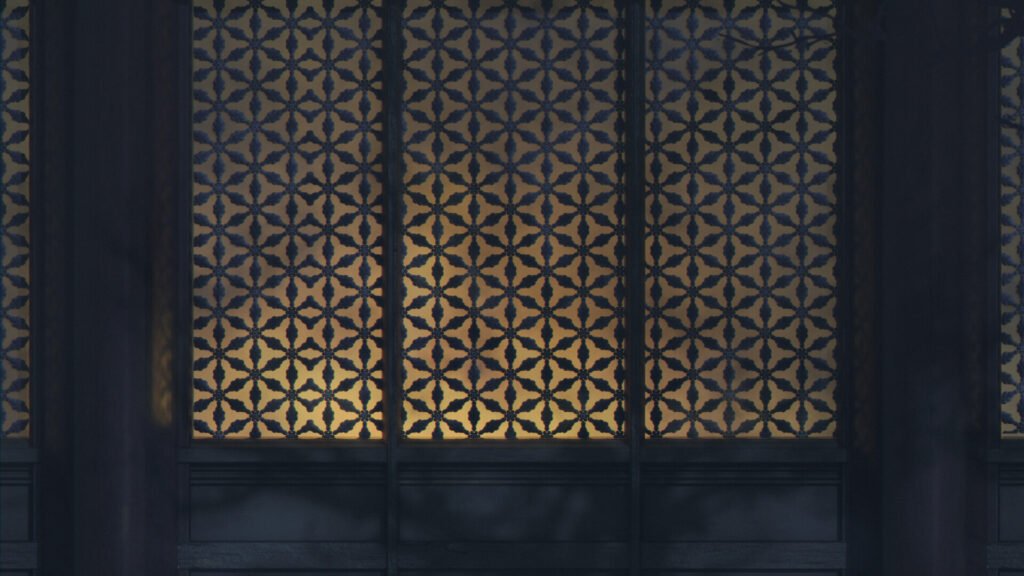

CANDLE STICKS.

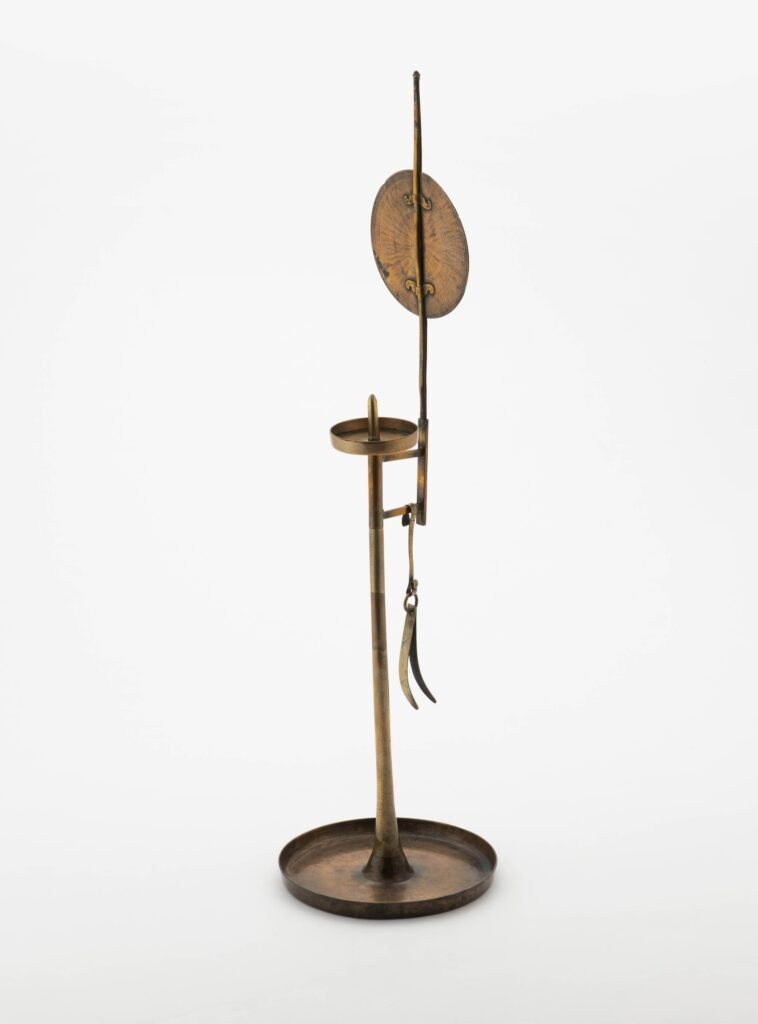
Collection: National Folk Museum of Korea.

Collection: National Folk Museum of Korea.

Collection: National Folk Museum of Korea.

Collection: National Folk Museum of Korea.

Collection: National Folk Museum, Seoul.

Collection: National Folk Museum, Seoul.



Collection: National Folk Museum of Korea.

Collection: National Folk Museum of Korea.

Collection: National Folk Museum of Korea.

Collection: National Folk Museum of Korea.


FLOOR LAMP.
Before the end of the 19th century, candles or vegetable oil were used to light the lamps, and the lighting equipment used at this time included candlesticks, lamp holders, and floor lamps. A floor lamp is a lighting fixture placed on one side of a room with a candle or lamp inside. Therefore, unlike lamps or candlesticks that focus light on one area, they were used to softly light the entire room. Average dimension of a floor lamp was H. 70 – 100cm, W. & D. 20 – 35cm.



Collection: The Busan Metropolitan Museum.



This floor lamp (photo under) has a roof-like slanted ceiling plate (plate that blocks and finishes the uppermost surface of furniture) with a “chilbo” pattern (geometric pattern) carved into it to serve as both decoration and ventilation. A handle is attached to it. The panel above the window was engraved with patterns of clouds, dragons, ten longevity symbols, pine trees, cranes, and vines, and the panel below was engraved with patterns of grapes, pomegranates, and vines to enhance the effect of light projection. Under the window, there was a drawer with carvings of peonies, plum blossoms, and birds, and the tools needed to turn on the light were stored there. Inside the window, pillars and fire plates were raised to hold candles or lamps. The legs are S-shaped.
H. 89,6cm, W. 29,9cm, D. 29,9cm.
Collection: National Museum of Korea.



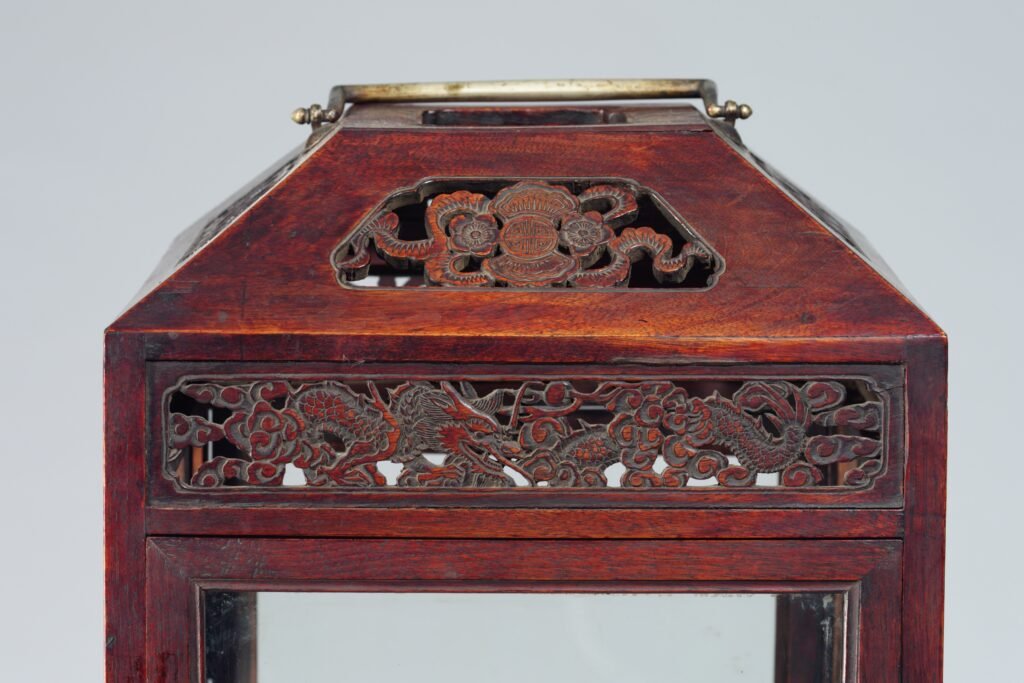


Joseon Dynasty, 18th century.
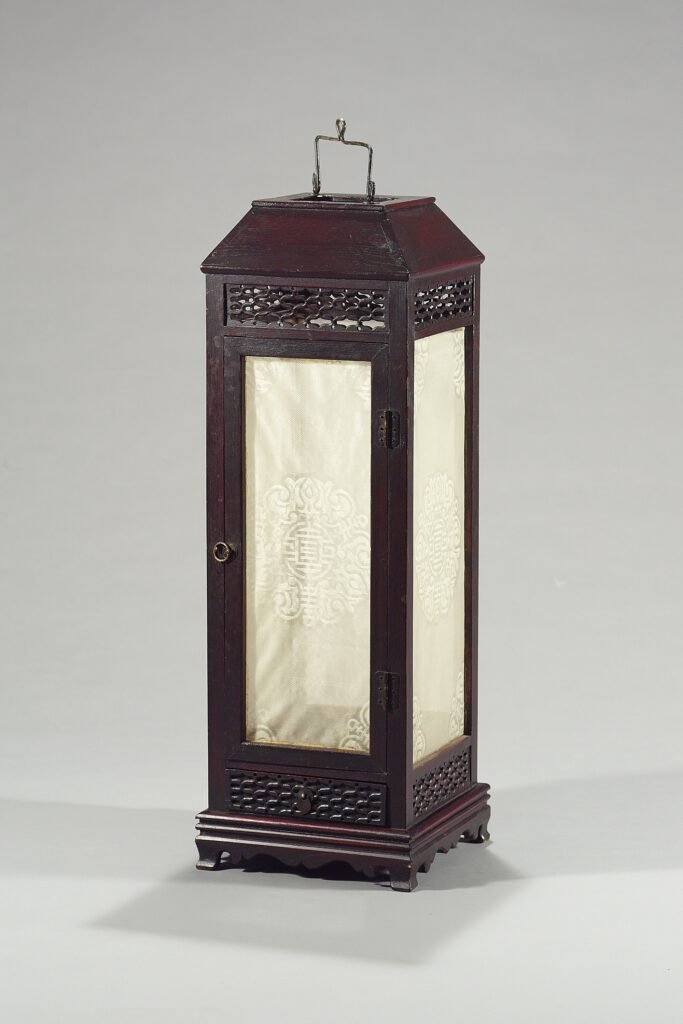

A floor lantern was used to brighten a large space such as an entire room. The boards above the lighting windows are filled with openwork elephant eye designs for both decorative and ventilation purposes. The boards at the bottom are also decorated with elephant eye designs.

This lantern is called a “dungga” or a “sitting” lantern which was usually placed on the floor.
It is a typical royal sitting lantern, and compared to other sitting lanterns, it has a much larger height and a larger window. Wood (Gingko) is stain with a dark stain. There is a drawer in the lower part for storing small tools such as matches and wax, and the Yeouimun and cloud patterns are clearly visible. Joseon Dynasty, H. 111cm, 34,5cm × 34,5㎝, Collection: Go Eundang, Seoul, Korea



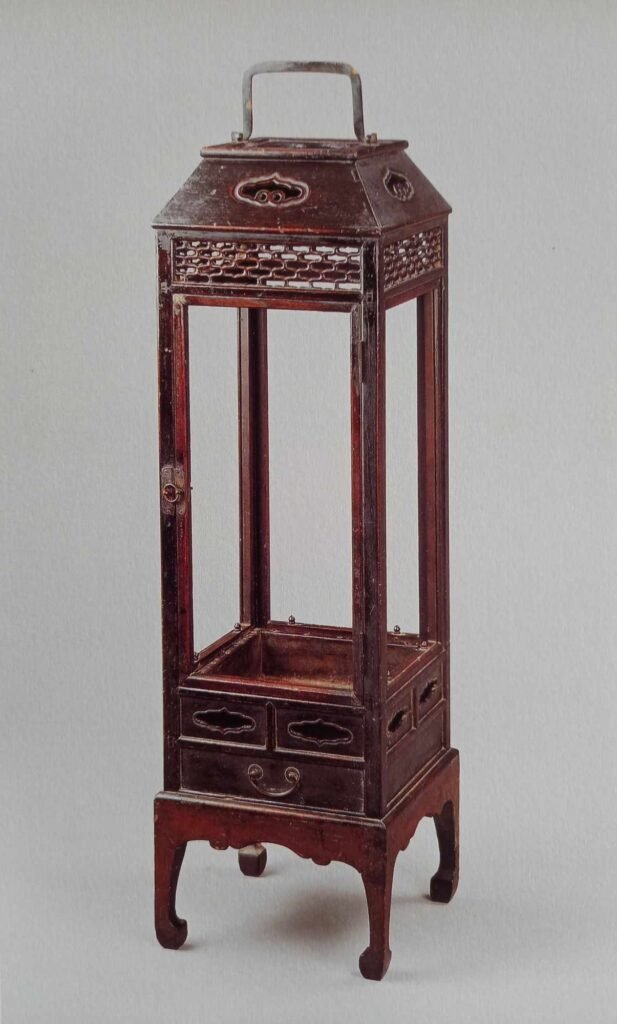

Collection: National Museum of Korea.

Collection: National Museum of Korea.


Collection: National Folk Museum of Korea.

Collection: National Folk Museum of Korea.

Collection: National Folk Museum of Korea.


Collection: National Folk Museum of Korea.

Collection: National Folk Museum of Korea.

Collection: National Folk Museum of Korea.

Collection: National Folk Museum of Korea.

Collection: National Folk Museum of Korea.
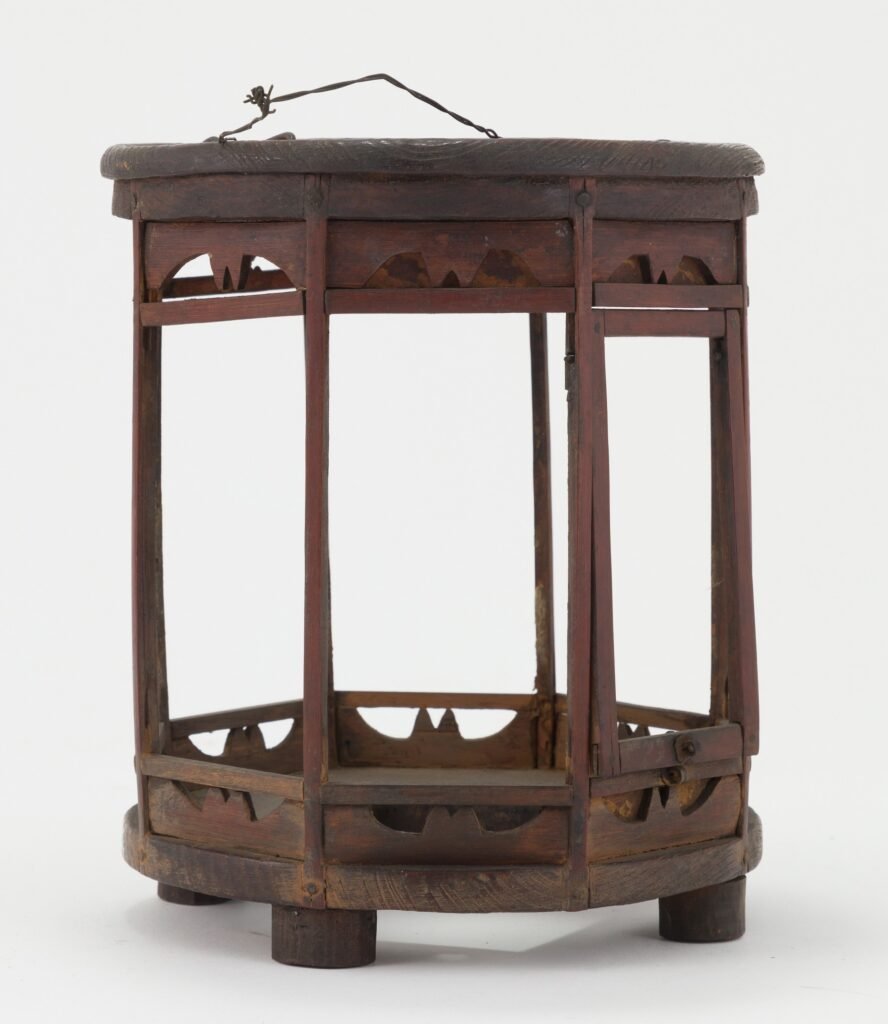
Collection: National Folk Museum of Korea.

LINK: Lighting fixture


